What is cold-pressed dry food? What are the advantages and disadvantages of cold-pressed dry food? What makes the difference between cold-pressed dry food, and what is good cold-pressed dry dog food? If you're asking yourself these questions, you've come to the right place! When it comes to cold-pressed dog food , the internet is a veritable jungle of information. Countless blog articles, websites, and forums provide information in bite-sized chunks. Nowhere will you find a single site that answers all relevant questions about cold-pressed dry food. We want to change that with this article! So join us on the informational journey or jump straight to the question that interests you most in the table of contents.
Contents
What is cold-pressed dog food ?
Cold-pressed dog food is a healthy dry food for dogs and cats. The term "cold-pressed" derives from the special manufacturing process of cold pressing. Some ingredients are first extracted separately, all of them are ground, and then pressed together at low temperatures of up to 60 °C . In comparison, most dry dog foods are heated to up to 200 °C during the manufacturing process. This type of dry food is called extruded dog food . The name cold-pressed dog food refers to the temperature difference during production . The difference between cold-pressed dog food lies in the manufacturing process.
Cold-pressed dog food is often described as being produced with minimal heat . Because the low heat input preserves valuable nutrients in their natural form, the destroyed nutrients must be subsequently added in an artificial form.
How is cold-pressed dog food made?
The gentle production process of cold-pressed dog food can be explained in three steps: individual preparation of some ingredients, drying and grinding, and cold pressing.

1. Individual preparation of ingredients
Anyone who has ever chosen to steam instead of boil broccoli, carrots, or other vegetables will be familiar with this phenomenon. The ingredients stay crisper and taste fresher. This is because the heat during cooking destroys valuable vitamins and phytochemicals . The same is true for dog food.
However, preserving the natural vitamins and secondary plant compounds from vegetables and oils requires that other ingredients be individually prepared for production. This particularly applies to meat and carbohydrates such as grains or potatoes.
Pretreatment of meat for cold-pressed dog food
According to EU Regulation No. 142/2011, all meat used as pet food must be heated to at least 80 °C and boiled. This is a hygiene requirement and ensures that multi-resistant germs and bacteria are killed. With the legally required pretreatment of meat, it is a myth that cold-pressed dry food poses a higher risk of bacteria, salmonella, or other germs.
Pretreatment of carbohydrates for cold-pressed dog food
Carbohydrates such as grains, potatoes, or even peas are not very palatable to dogs in their raw state, just as they are for humans. Furthermore, they provide almost no nutrients in their raw state , as the intestines cannot process them in their raw state. For this reason, carbohydrate sources are pre-cooked or pre-cooked.
A recurring criticism of cold-pressed dog food online is that cold-pressing is a "scam" due to the pretreatment of meat and certain carbohydrates. However, it should be noted that vegetables, fats, and oils are primarily the ingredients that are not pretreated, thus preserving their natural nutrients. However, it's important to understand that even in cold-pressed dog food, individual ingredients must be pretreated at temperatures higher than 60 degrees Celsius.
2. Drying and grinding
After the meat and carbohydrates have been pretreated, all ingredients are first dried . Since this is a dry dog food, this step is essential. After gentle drying, the ingredients are ground so that all ingredients are ready for the actual cold-pressing process in ground form, like flour .
3. Cold pressing
Finally, all the ground ingredients are combined with a small amount of water in a cold-pressing drum. The mass is heated to a maximum of 60 °C and pressed through a die under pressure. It is often noted that, based on physical logic, higher temperatures are also possible when pressing the mass. However, there are no clear measurements or findings on this. The result is medium-sized feed pellets with a very high nutrient density.

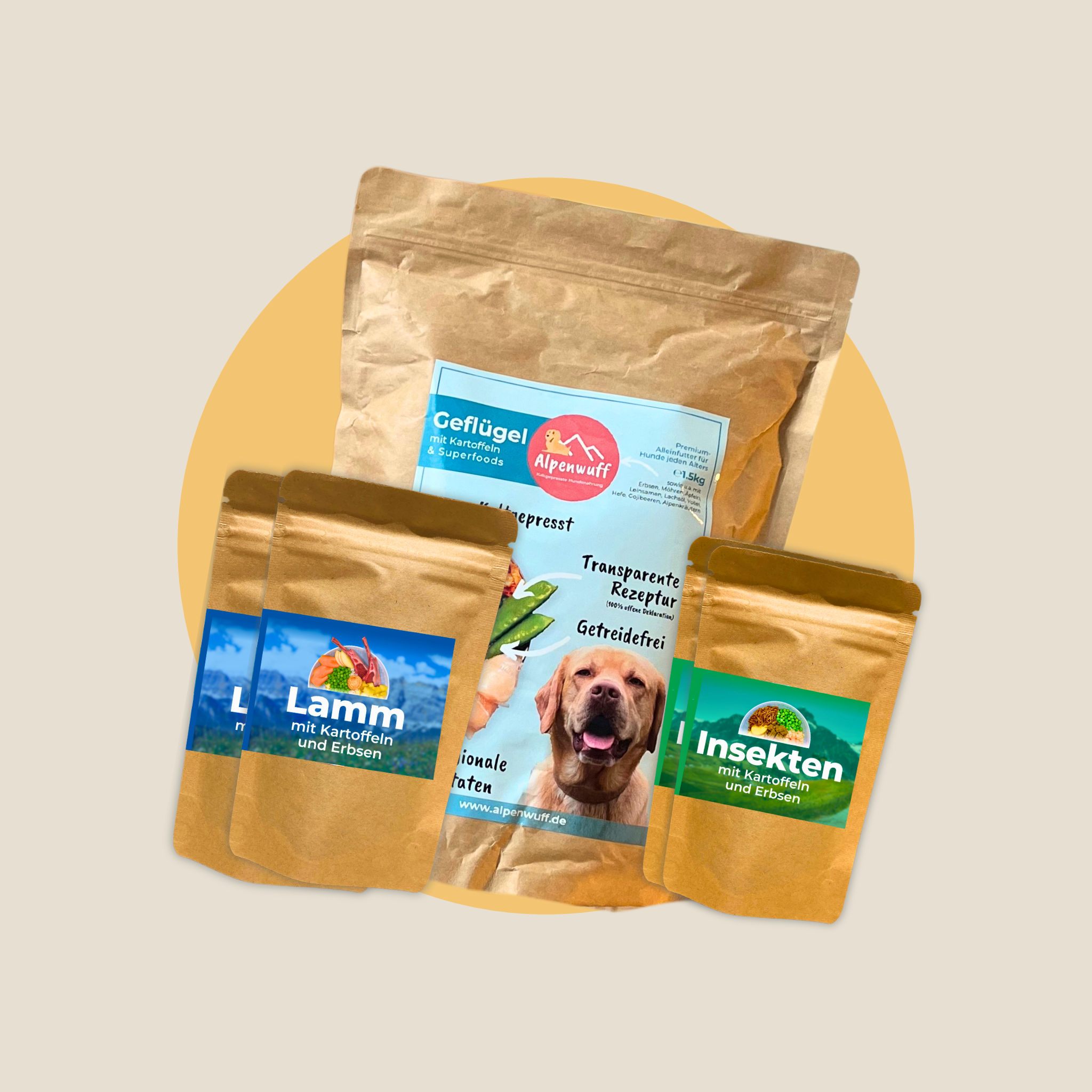
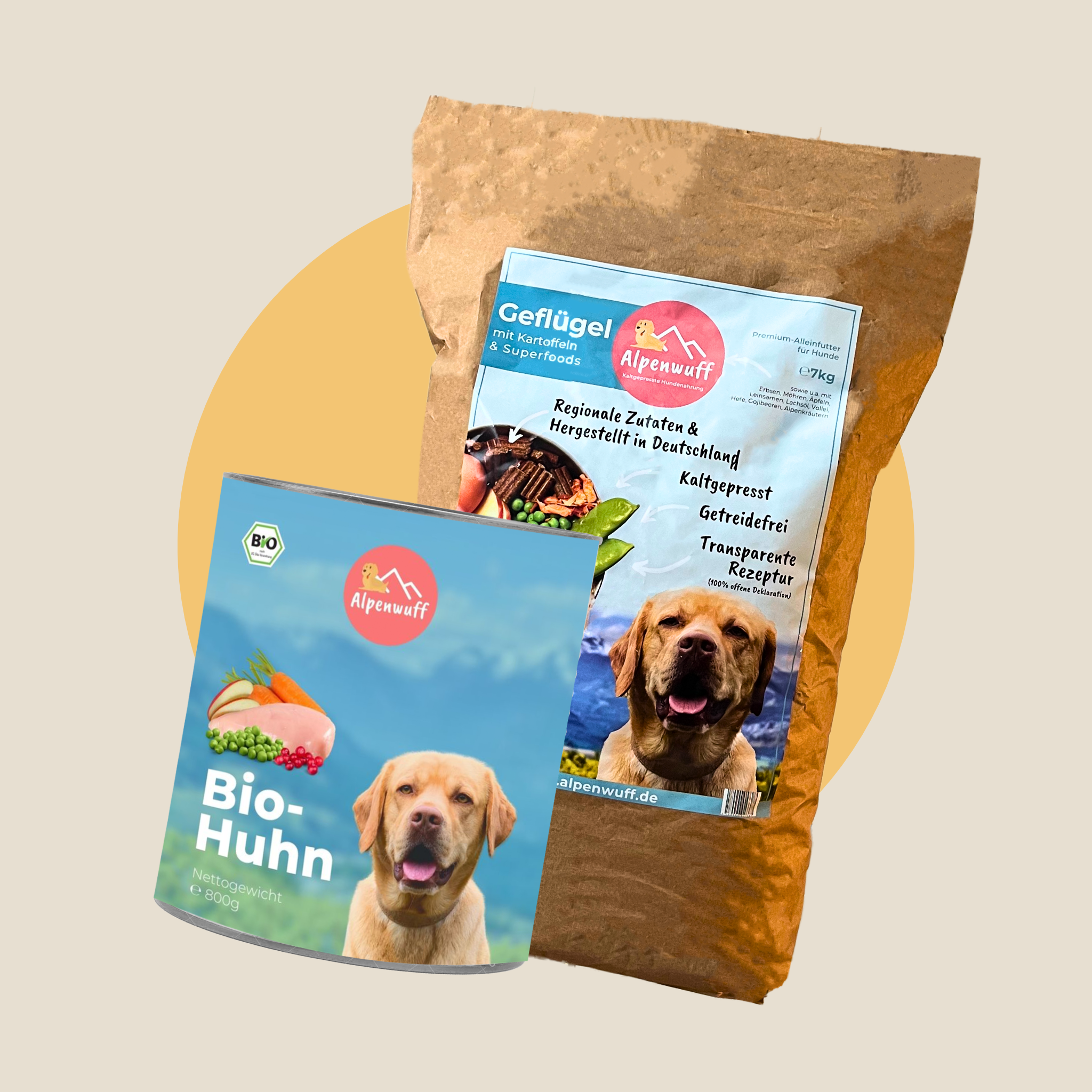
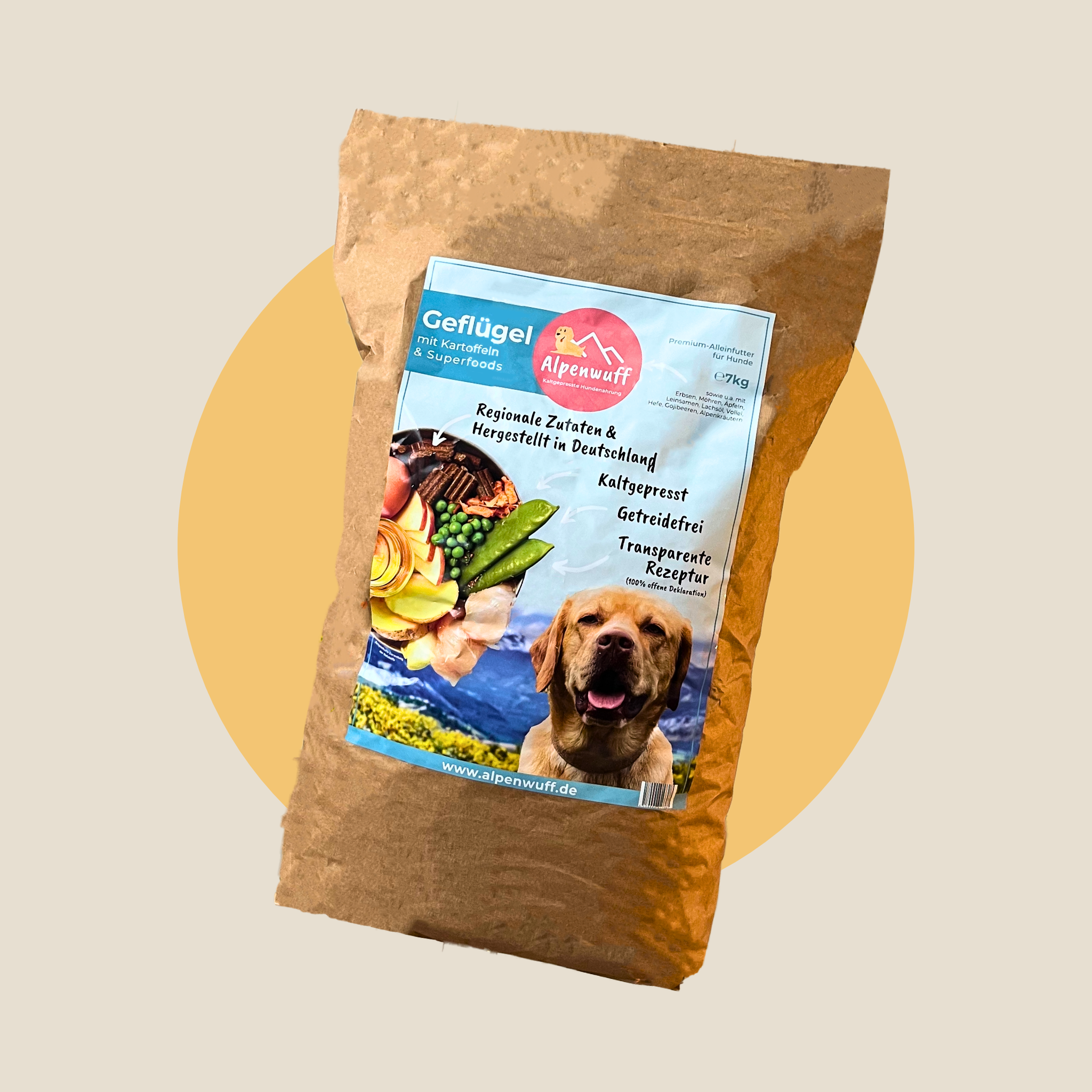
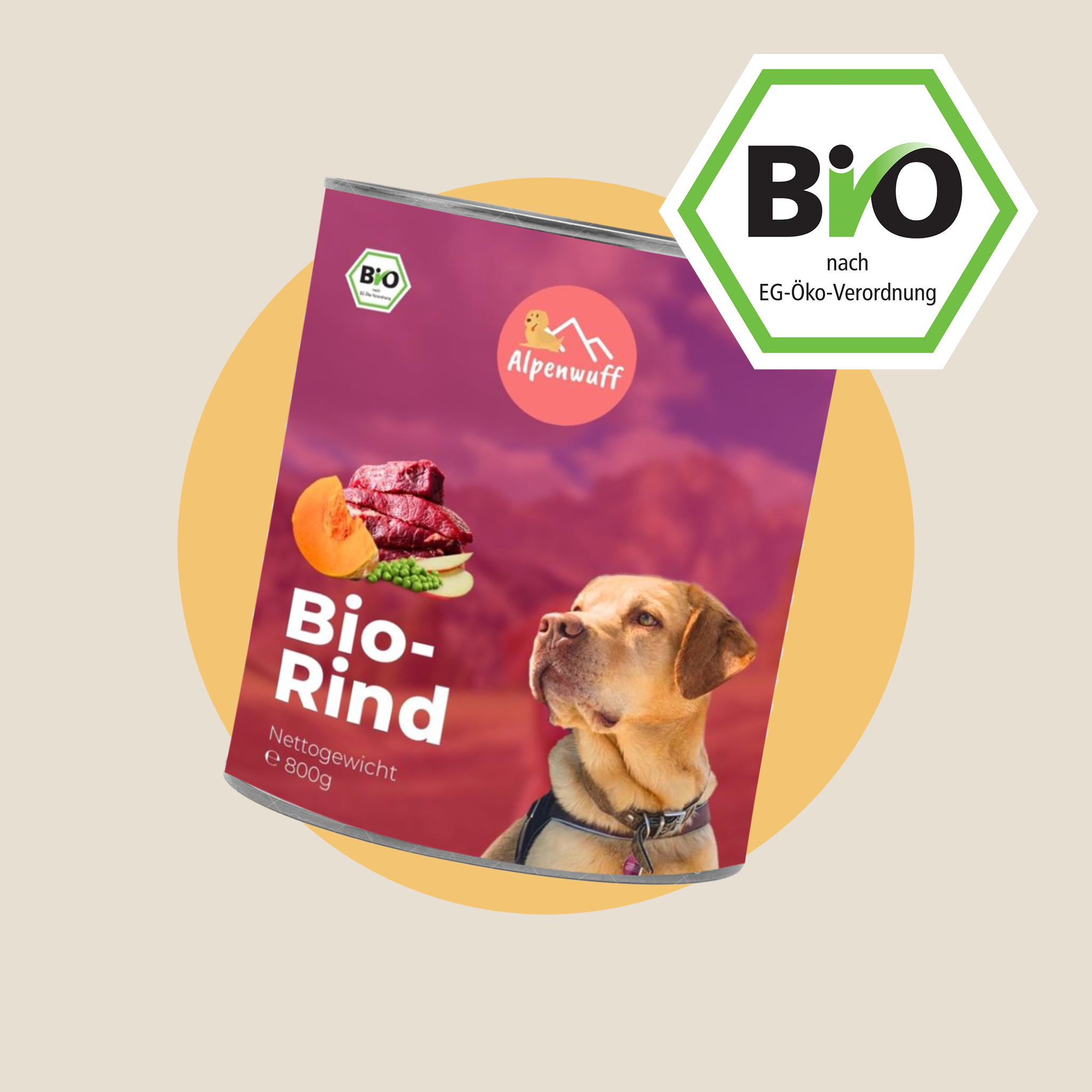
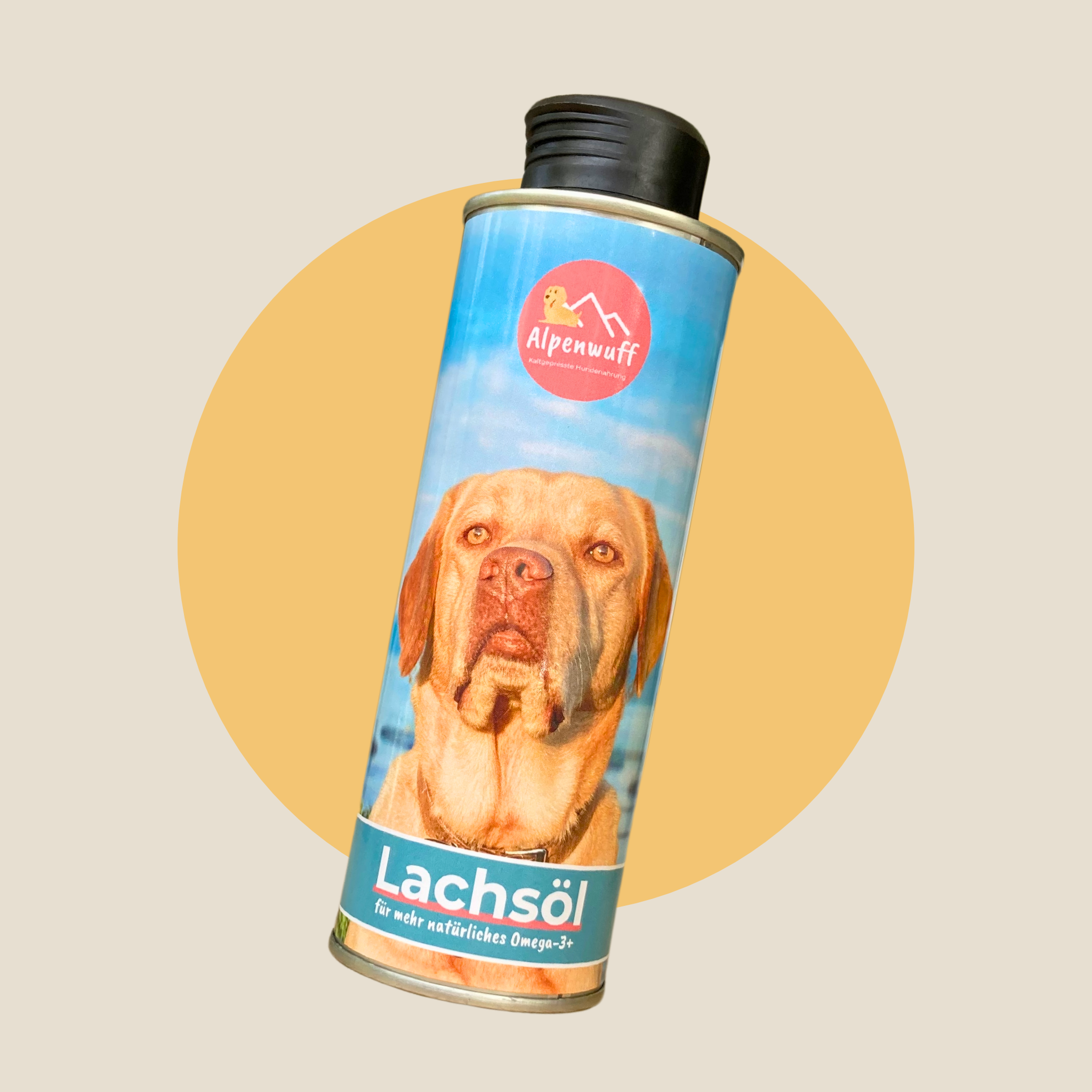
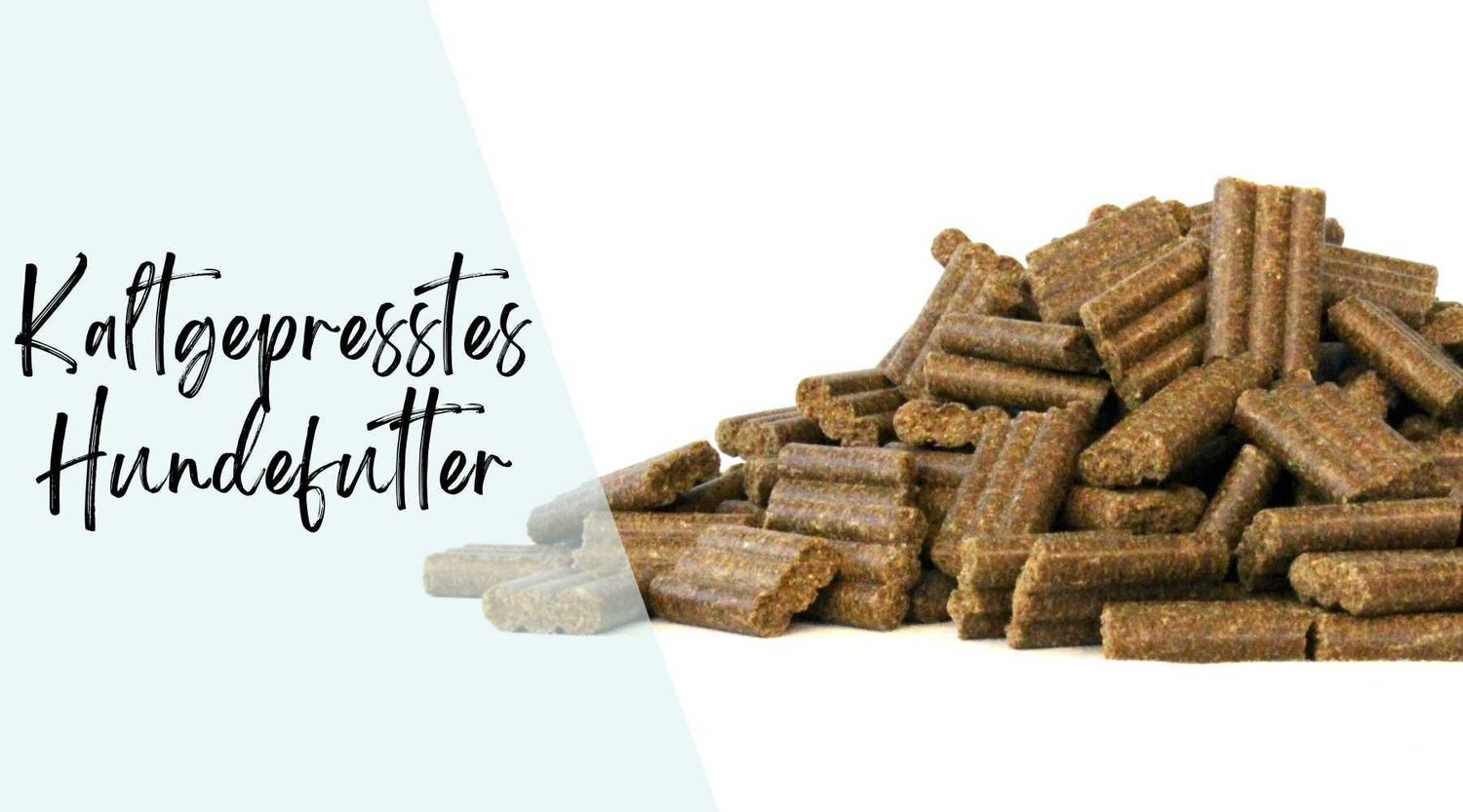

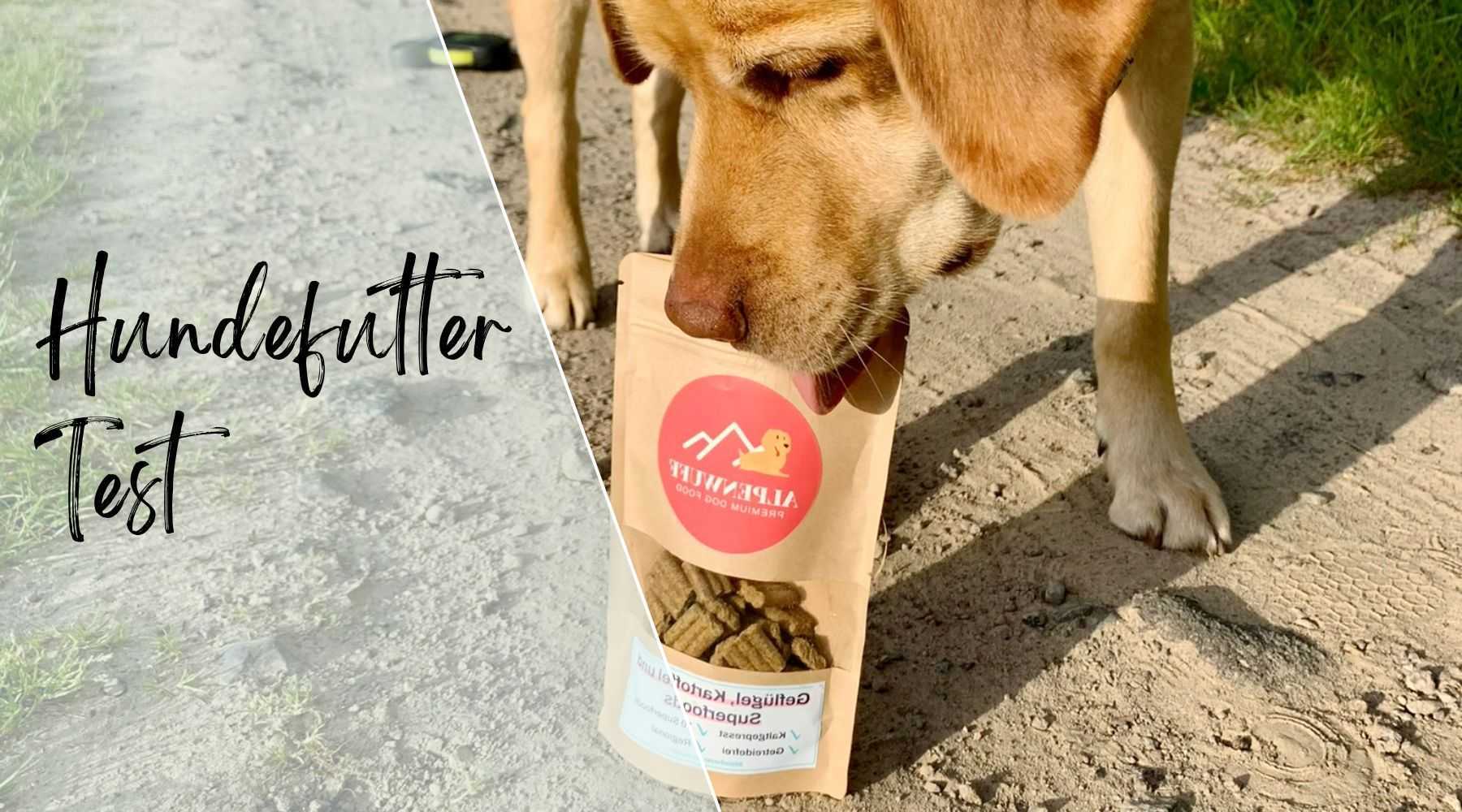

Leave a comment
All comments are moderated before being published.
This site is protected by hCaptcha and the hCaptcha Privacy Policy and Terms of Service apply.